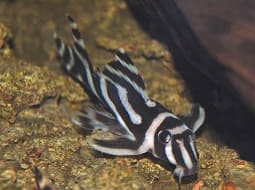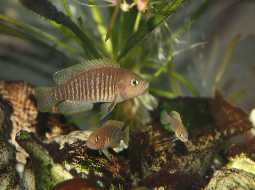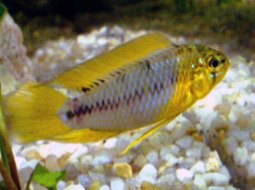
Loading Aqualapp ...
Care and Compatibility of Butterfly Loach - Beaufortia leveretti
Introduction
The Beaufortia leveretti, also known as the Butterfly Loach, is a species of loach fish native to rivers and streams in Asia. It gets its common name due to its unique appearance, resembling a butterfly. They have an elongated and slender body, with a light brown or grayish coloration and speckled patterns. They are small fish, reaching a maximum length of around 10 centimeters. They are known for their peaceful and shy behavior, preferring to spend most of their time foraging for food among rocks and substrate in the aquarium. They are excellent algae eaters and can help maintain a healthy balance in the aquarium by consuming unwanted algae. In addition to algae, they also feed on small organisms and leftover food. They are active during the day and prefer moderate lighting in the aquarium. To provide them with a suitable environment, it is recommended to have enough hiding places such as caves or logs where they can take shelter and explore. They are hardy fish and can adapt to a variety of water conditions, but it is important to maintain good water quality and perform regular water changes to ensure their well-being.
Behavior
The Beaufortia leveretti, commonly known as the Butterfly Loach, is a species of loach fish found in rivers and streams of Asia. They are peaceful and shy fish, spending most of their time foraging for food among rocks and substrate in the aquarium. They are excellent algae eaters and can help control excessive algae growth in the aquarium. They also feed on small organisms and leftover food. They are active during the day and prefer moderate lighting in the aquarium. To create a suitable environment, it is recommended to provide them with enough hiding places such as caves or logs where they can take shelter and explore. They are hardy fish and tolerate a range of water conditions, but it is important to maintain good water quality and perform regular water changes to ensure their well-being.
Sexual Dimorphism
Sexual dimorphism in Beaufortia leveretti is minimal and difficult to distinguish. Both males and females have a similar appearance. During breeding season, they may exhibit more pronounced territorial behavior.
Reproduction
The reproduction of Beaufortia leveretti in the aquarium environment can be challenging due to their shy behavior and the lack of specific information about their captive breeding. In their natural habitat, it is believed that they spawn in shallow areas with sandy substrate and dense vegetation. During courtship, males may exhibit territorial behavior and display more intense colors. Females have been observed depositing eggs in the substrate, and males fertilizing the eggs. Once the eggs are fertilized, it is possible that the parents do not provide parental care, and the eggs hatch in a few days, releasing fry that will need to find their own food. It is important to provide a suitable environment with appropriate substrate and hiding places where the fry can take shelter and forage for food. Since breeding in the aquarium environment can be complex, many aquarists rely on selective breeding or acquiring juvenile specimens from reputable sources.
Aquarium Conditions
Beaufortia leveretti, commonly known as hillstream loach or fan-tailed hillstream loach, is a bottom-dwelling fish that requires a spacious aquarium with rocks, driftwood, and hiding spots. It prefers soft and slightly acidic water. Aquarium décor should include sandy substrate and places to burrow. Maintaining water quality is crucial and providing a varied diet.
Feeding
The Beaufortia leveretti is a loach fish that primarily feeds on algae. They are excellent algae eaters and can help maintain a healthy balance in the aquarium by consuming unwanted algae. In addition to algae, they also feed on small organisms and leftover food in the aquarium. They can accept dry foods such as specific loach pellets or flakes, as well as fresh or frozen foods such as spirulina, nori algae, brine shrimp, and mosquito larvae. It is recommended to provide them with a balanced diet that includes a variety of foods to ensure their proper nutrition. It is advisable to feed them once or twice a day in portions that they can consume within a few minutes.
Complexity
Caring for Beaufortia leveretti can be moderately challenging. They are territorial fish that may show aggression towards other fish of the same species, especially during breeding. It's recommended to keep them in groups of at least three individuals to distribute aggression. They require a well-established aquarium and a balanced diet.
In case you need more help, or if you want to know into any topic related to the Beaufortia leveretti (Butterfly Loach) and even any other species you can use the forums to ask what you need.
To do an analysis more detailed about coexistence and behavior of Beaufortia leveretti (Butterfly Loach) use the Aquarium simulation tool, if you do this you can test different ways to combine the Butterfly Loach with other fishes giving the dimensions and space on you aquarium, on this way you can known the optimal configuration for keep the fishes that you want.
You can also find out the 97 species compatible with the Beaufortia leveretti (Butterfly Loach) can live together.
Note: The parameters of the water such as PH and temperature are also used to calculate the compatibility of the species.
Compatible species (97)
Compatible (40 Species)
Compatible without any restriction
Similar Sizes (11 Species)
They can coexist if they are the same size or very similar sizes, it does not work in all cases, there may be exceptions.
With Reservation (3 Species)
Compatible in some cases, it depends on the nature and personality of the fish.
There may be confrontations over the territory, but if the space is sufficient, several specimens may coexist in the space, it is recommended to have caves and places where they can take refuge.
Showdown over territory (10 Species)
Fish can live together as long as the space is spacious enough to delimit a territory, otherwise there may be aggressions for competing for the territory.
As these fish like to be sheltered in different locations in the aquarium, whether in plants, logs, rocks, etc., if another fish tries to enter where it is hidden, there could be confrontations for that shelter.
Considerable size difference (25 Species)
They can coexist while they are similar in size or the size difference is not very abysmal, since as the fish grows it increases the chances of eating its partner that did not grow much.
Food competition (3 Species)
They can live together but you have to be careful since it is likely that the fastest fish will take all the food and leave nothing for their partners who are slow swimmers, so you have to make sure that everyone can eat.
Compatible if space is enough (5 Species)
They can coexist together if the aquarium they share is large and spacious enough for both species to feel good, as some fish may attack others to feel that they have little space and try to eliminate the competition.
Butterfly Loach
Beaufortia leveretti
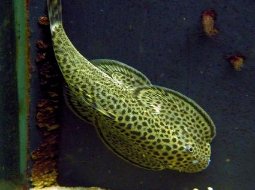
- Ph: 6.6 - 7.5
- Temperature (c°): 18 - 24
- Measures: 6 cm - 10cm
- Aquarium Capacity:
15 Liters - 4 Gallons - Alimentación: Filters, Herbivores
- Colores: Brown, Green, Gris
- Comportamiento: Likes to take refuge, Night, Peaceful, Territorial with its species
- Habitad: Asian
- Preferencias del Acuario: Caves, Logs, Natural plants, Rocks
- Tamaño: Medium
- Taxonomía: Fish
- Tipo de Agua: Sweet water, Tropical waters
- Zona de Nado: Aquarium background





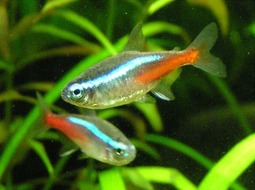
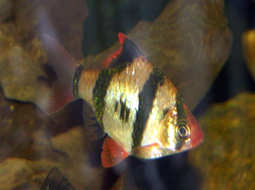
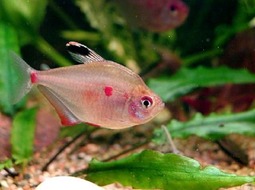
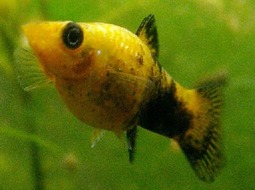

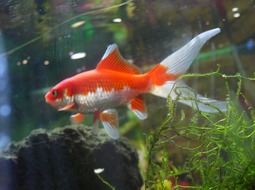


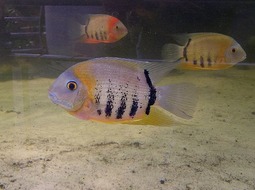
.jpg)
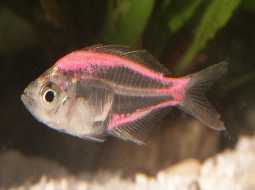
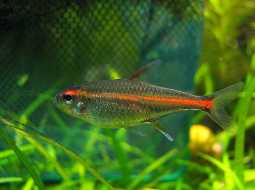
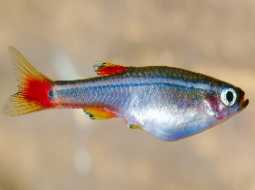

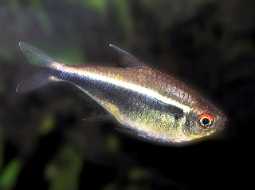

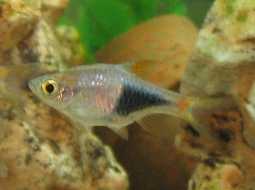
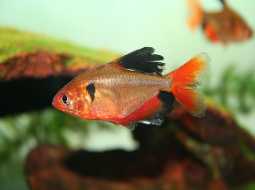
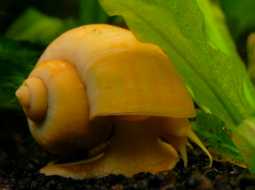
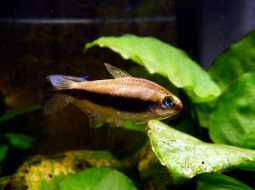
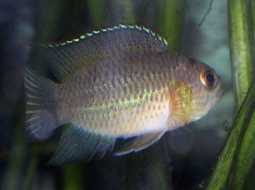


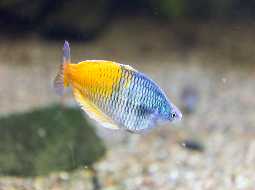
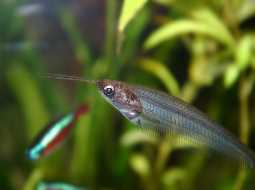


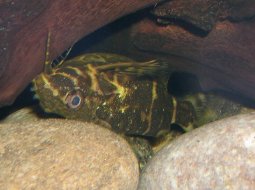
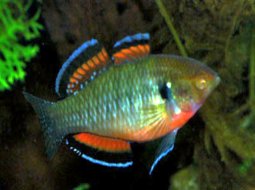
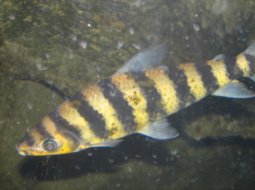

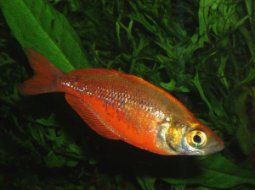

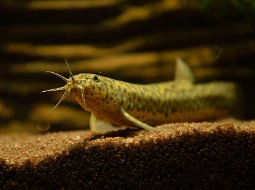
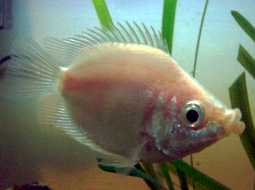
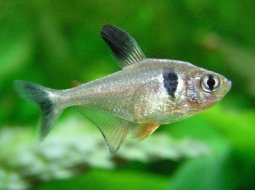
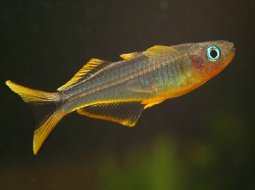
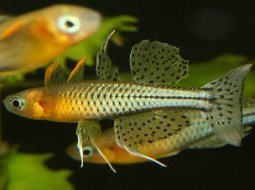

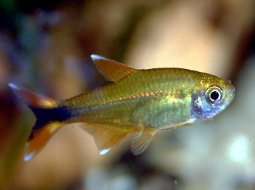

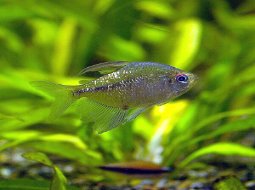
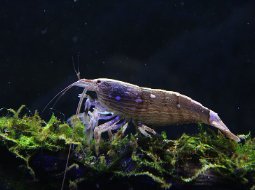
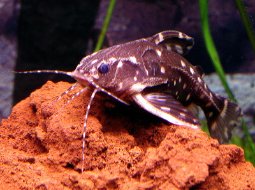


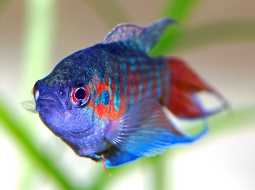
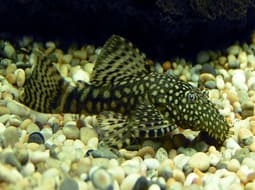
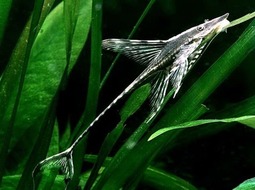
.jpg)


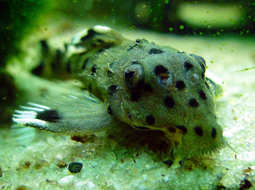

.jpg)
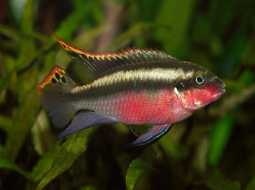
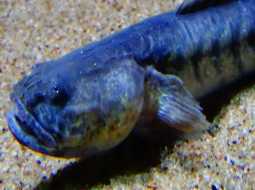
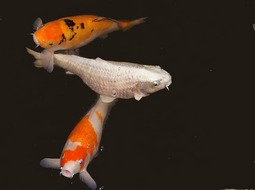
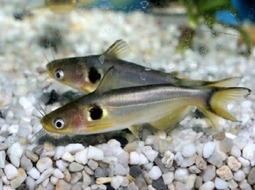




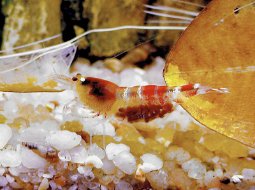
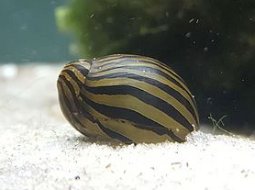

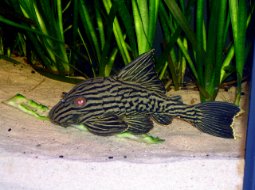


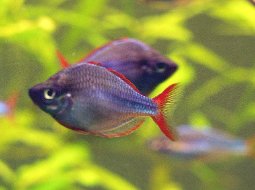

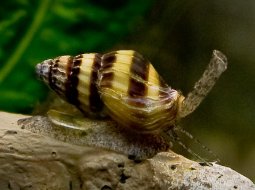

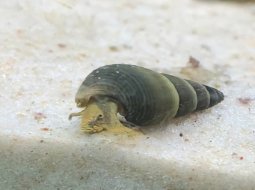
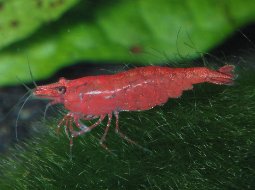
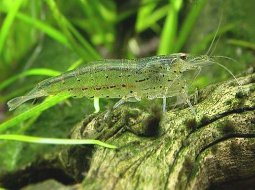

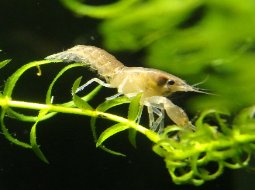
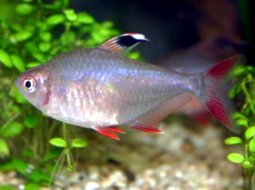
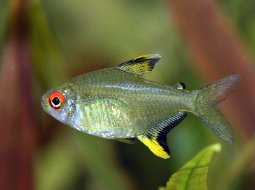
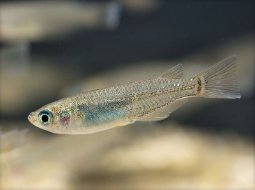
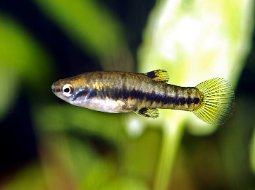
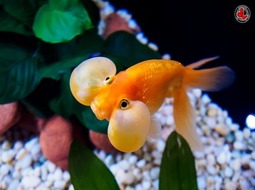
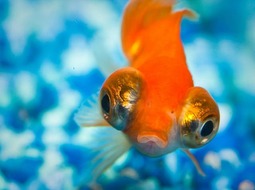
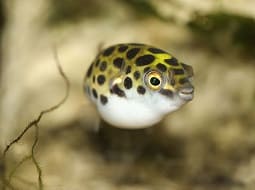
.jpg)
